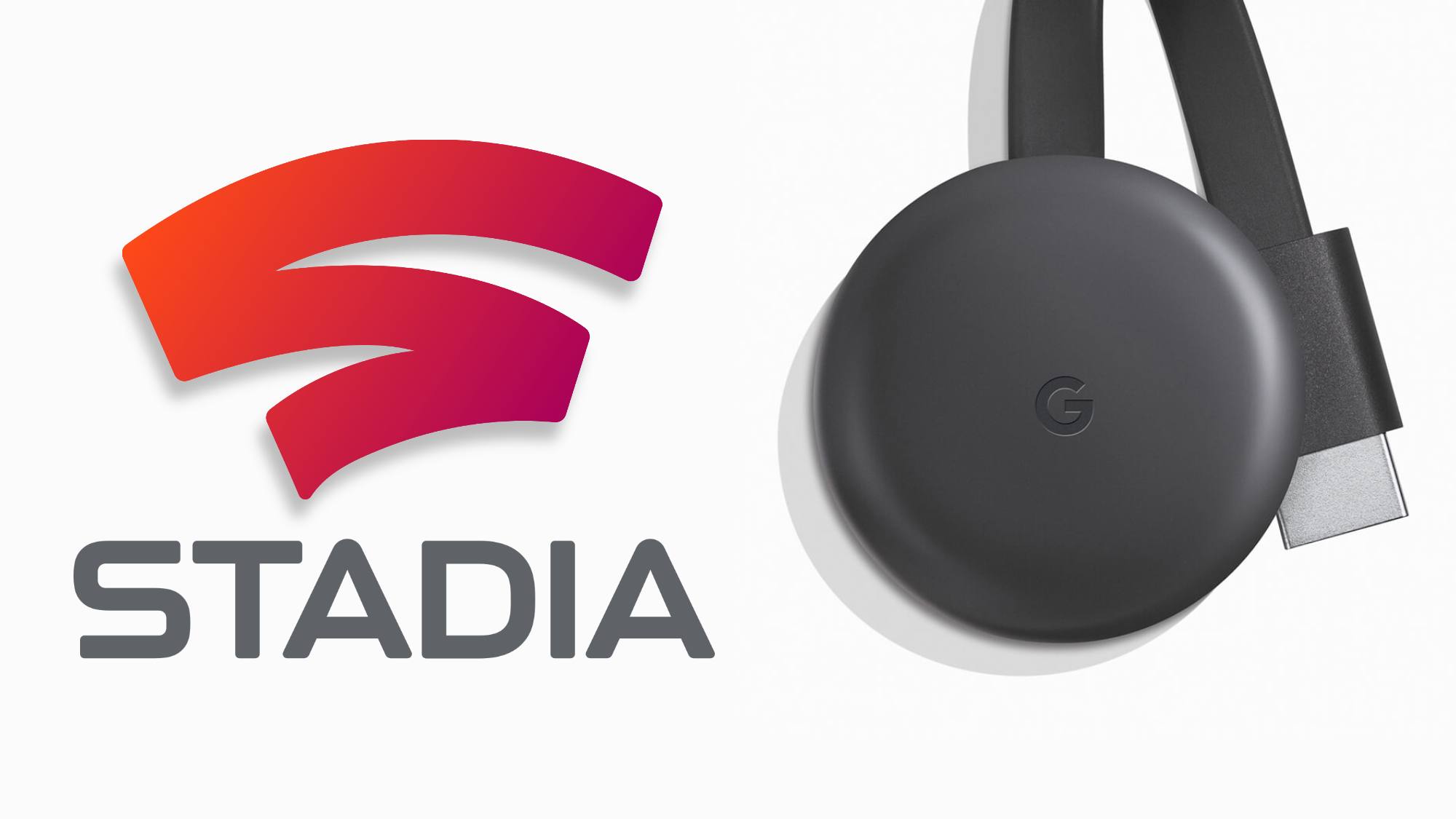
News surrounding Google’s Stadia game streaming platform is in full force with the latest Stadia Connect having recently aired and Google’s strong presence at Gamescom happening right now. We’re expecting to see more real-world hands-on coverage from the show in Germany, but what we’ve seen so far tells us that Stadia is legit, the game library is growing to a solid and substantial place for launch, and the flexibilty will likely end up appealing to all the more casual gamers out there like myself.
Even with Stadia’s massive appeal and extended flexibility (play on phones, laptops, tablets and the Chromecast Ultra), I’m betting we see even further expansion early in 2020 with support for the 3rd-gen Chromecast that is actually the newest Chromecast device on the market. If you remember, the 3rd-gen Chromecast was only released back in October of 2018; not even a full year ago. It kind of showed up out of nowhere and we weren’t even fully aware of what it’s purpose was.
I speculated back in May of last year that this new Chromecast could end up being for Google’s not-yet-announced gaming service known back then as Project Yeti. While we were talking about the 3rd-gen Chromecast in that post, the rest of the article accurately predicts most of what has come to pass with Stadia up to this point. Now that Stadia has been announced, shown, and is officially coming to Chromecast Ultra in November, no one has revisited the idea of the 3rd-gen Chromecast supporting the service. I’d place a massive wager on the fact that the 3rd-gen Chromecast is part of the broader plan, though.
First, let’s look at what is different in the 3rd-gen device when compared with the 2nd-gen. The list is short and this is quite simple: Bluetooth. That is literally all that is different between the 2nd and 3rd-gen Chromecast dongles. To be clear, this is the same Bluetooth LE spec that is in the Chromecast Ultra and is meant for things like pairing devices and simple, low-energy communications. Other than that addition, the 2nd and 3rd-gen Chromecasts are literally identical from an internal perspective.
Second, let’s look at one comment in particular from the Reddit AMA that was held with the Director of Product for Stadia. This answer was in response to a question about broader Chromecast support:
We’re starting with Chromecast Ultra because, well, we had to start somewhere and it supports the full 4k Stadia experience in all its glory. We’re going to add more options for all of our TV gamers.
No, this isn’t a 100% confirmation of the 3rd-gen Chromecast getting Stadia support, but it was an opportunity for him to state if there is some special hardware in the Ultra that isn’t present in any other Chromecast that is necessary for Stadia gameplay. He did not. Instead, he left the door wide open. So, with this open door, we go back to the first point that the only thing added to the newest Chromecast was the same Bluetooth LE tech in the Ultra and it becomes pretty glaringly obvious what is going to happen.
Stadia launches in November for paying customers only. Paying customers pay for Stadia Pro, and that service promises 4K 60FPS gaming. This would necessitate a Chromecast that can handle 4K and the Ultra is clearly the only one capable of that. In February, however, Stadia Base will roll out and is free to use; users simply pay for their games. This free version only supports up to 1080p and, wouldn’t you know, that just happens to be the exact same resolution as the 3rd-gen Chromecast.
The writing is on the wall: Stadia Base will be playable on the Chromecast Gen-3 when it rolls out. My bet is it will be such a cheap option for so many that I could see swarms of players jumping on board with this setup who are more casual about gaming and simply want a way to play on the big screen from time to time. People like myself will likely be using Chromebooks or laptops to leverage Stadia most days, so having a simple and more affordable option to cast it to the living room TV sounds great.
Additionally, I’m sure there are also many users like myself who have been waiting for 4K content to mature before buying a 4K TV for the living room. What that means is many living rooms are likely still outfitted with good old 1080p screens. In these types of scenarios, a 1080p option that is free month-to-month and will likely only cost $20-$30 for the dongle (unless you likely already have one) is easily the one most people will opt for.
Don’t get me wrong, I’ve already bought the Founder’s Edition simply because I want to try Stadia the first moment that I can. If I was less of a tech enthusiast, however, I’d simply wait for February and Stadia Base to arrive so I can leverage my existing TV/Chromecast setup to give this whole cloud gaming thing a try. I’m not very good at waiting around on tech toys, but in the event that you are not as gung-ho as me, maybe this is the route you should take, too.

Leave a Reply
You must be logged in to post a comment.